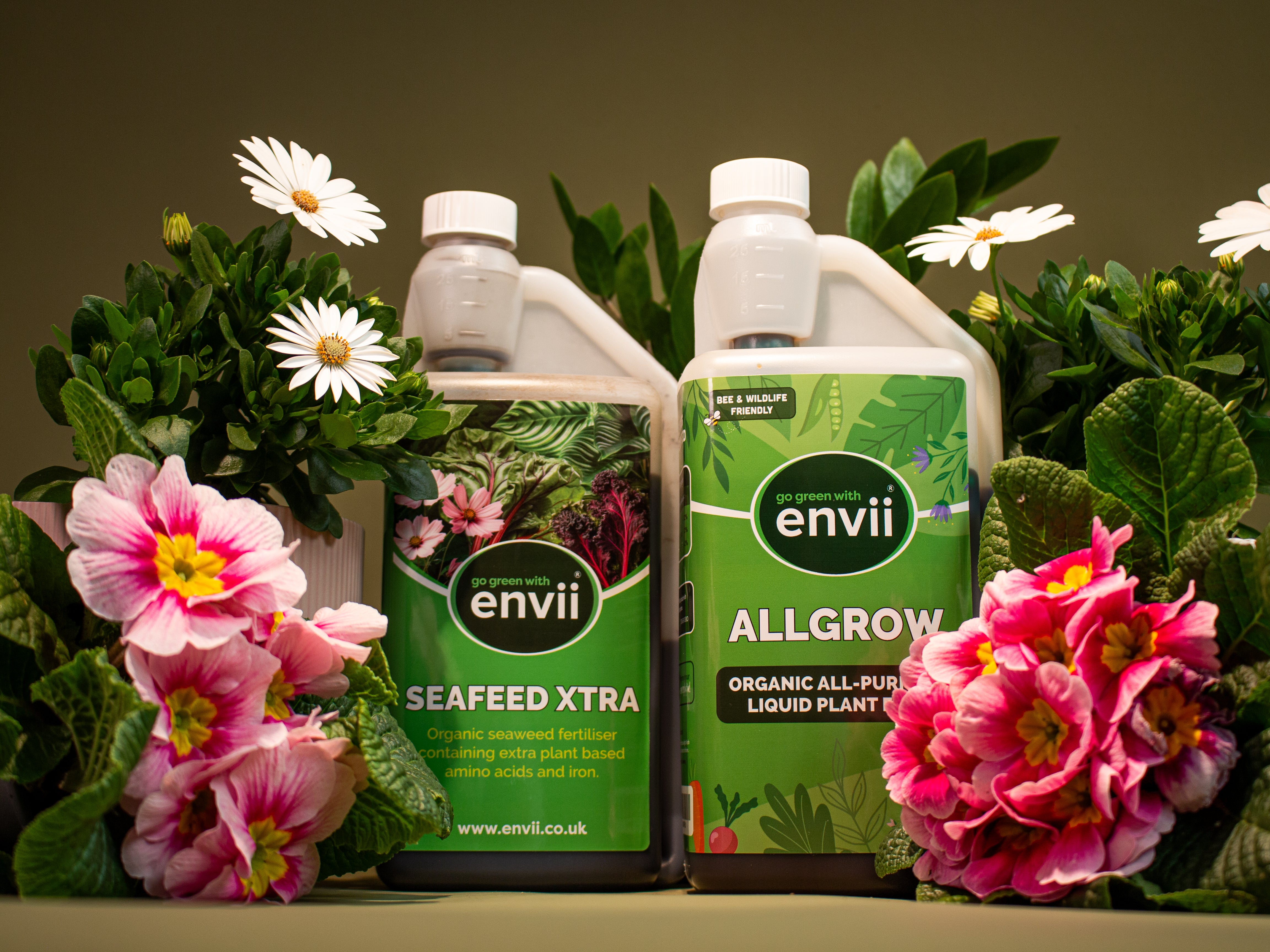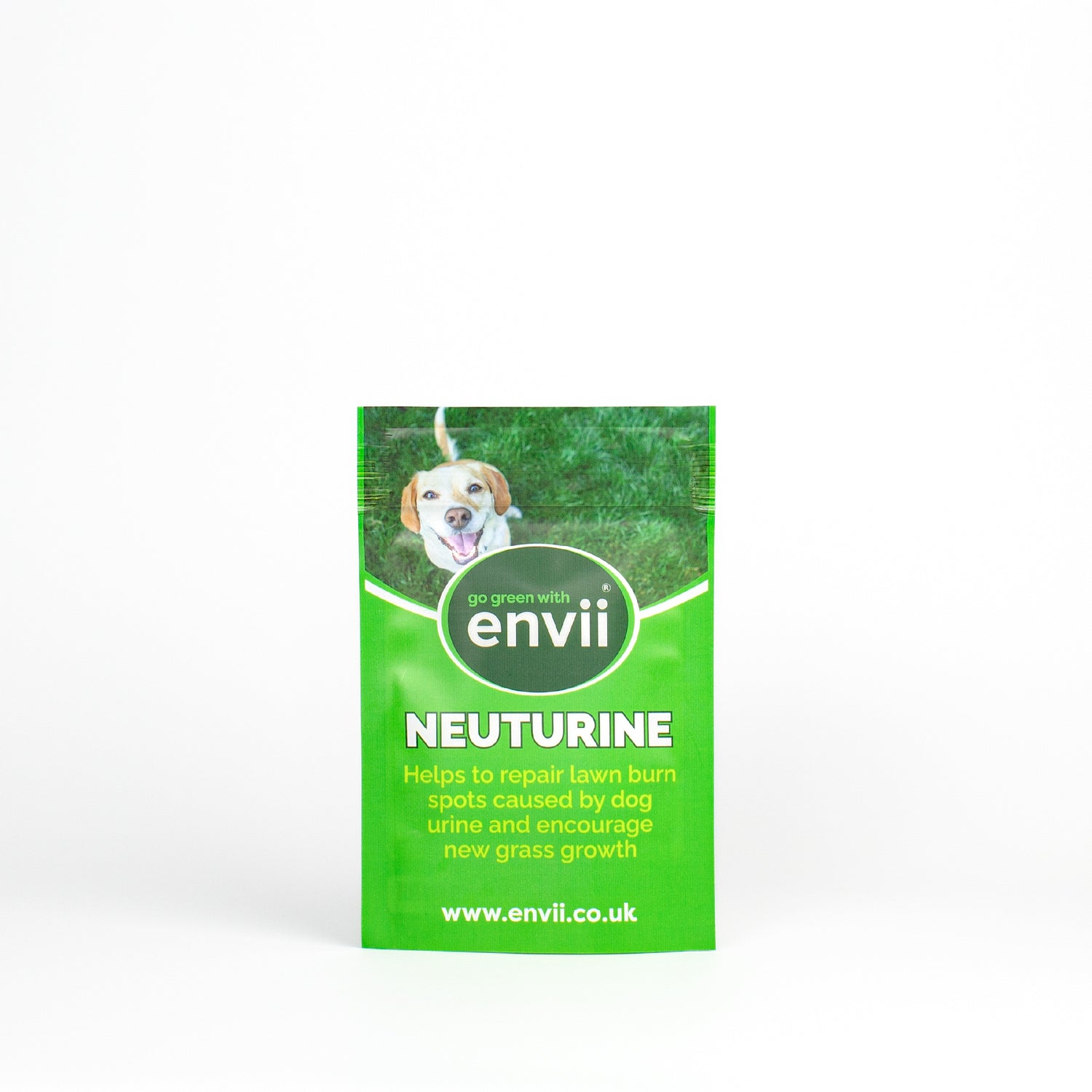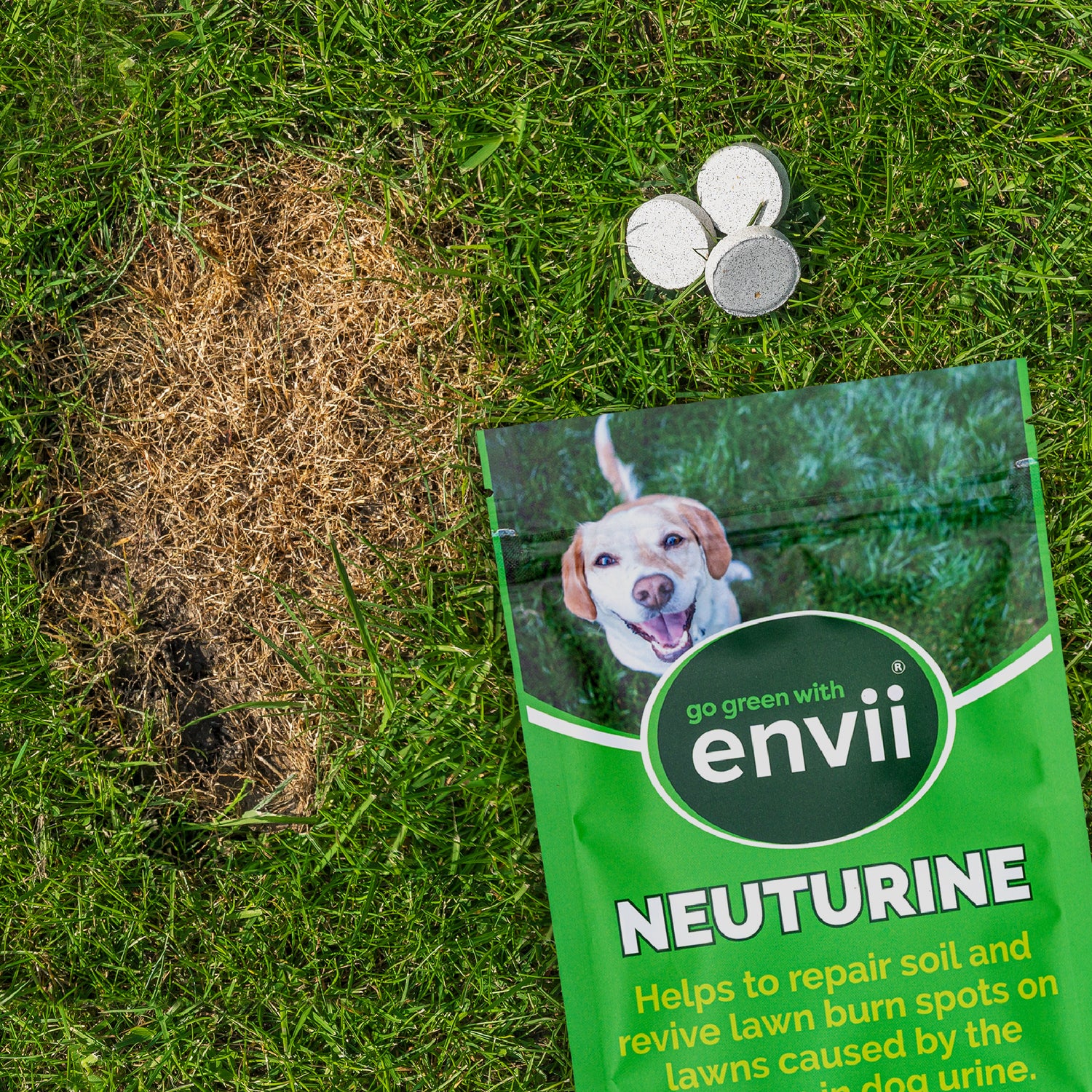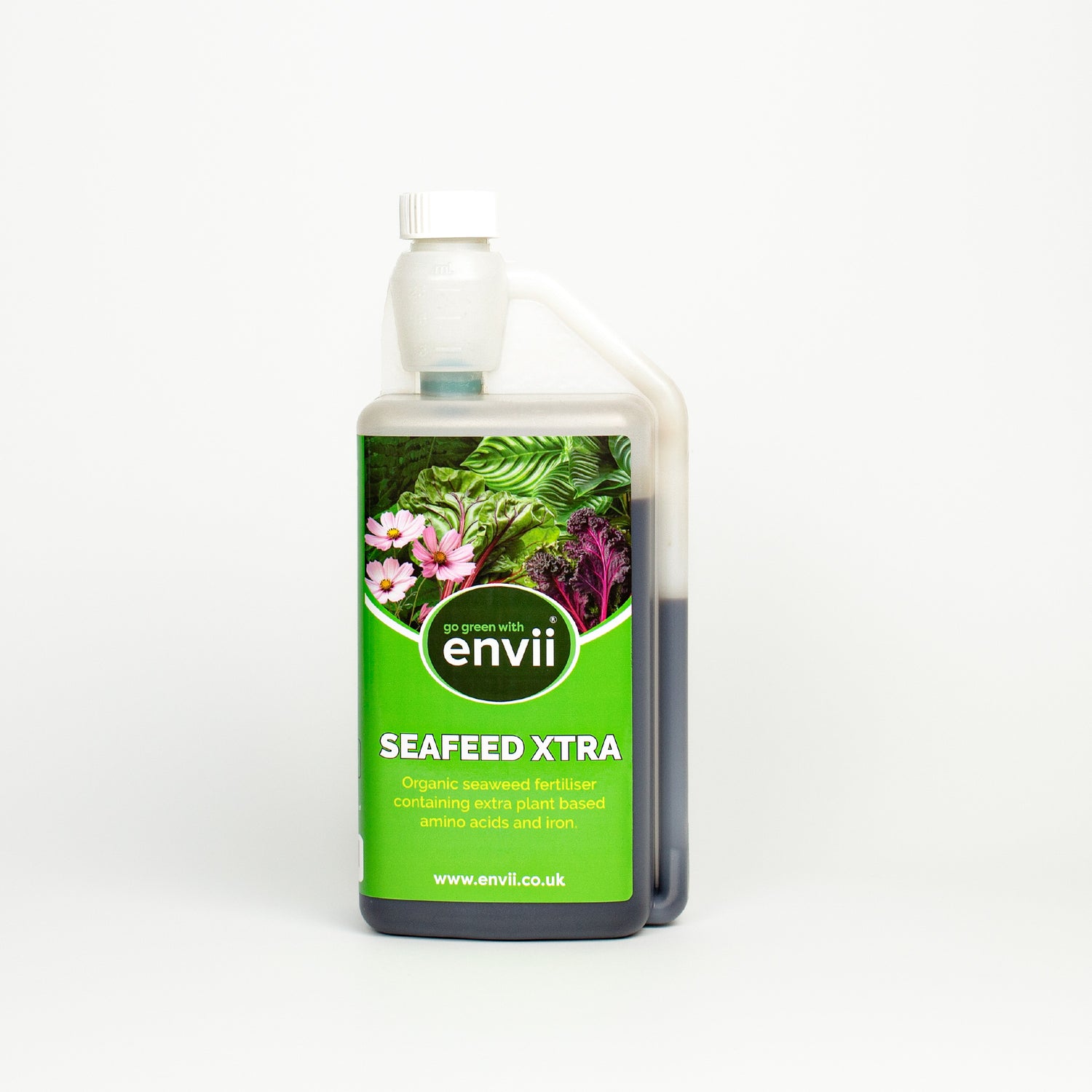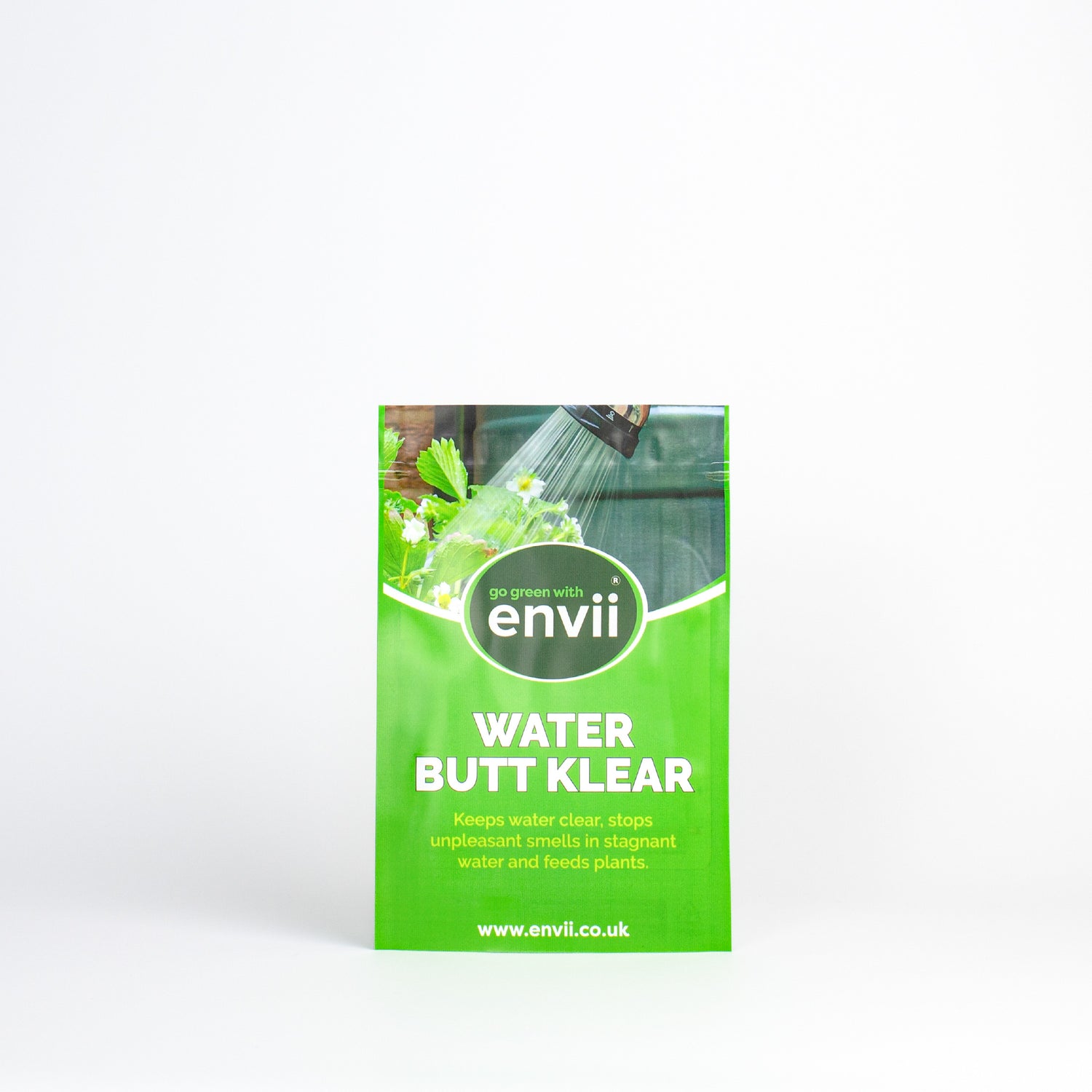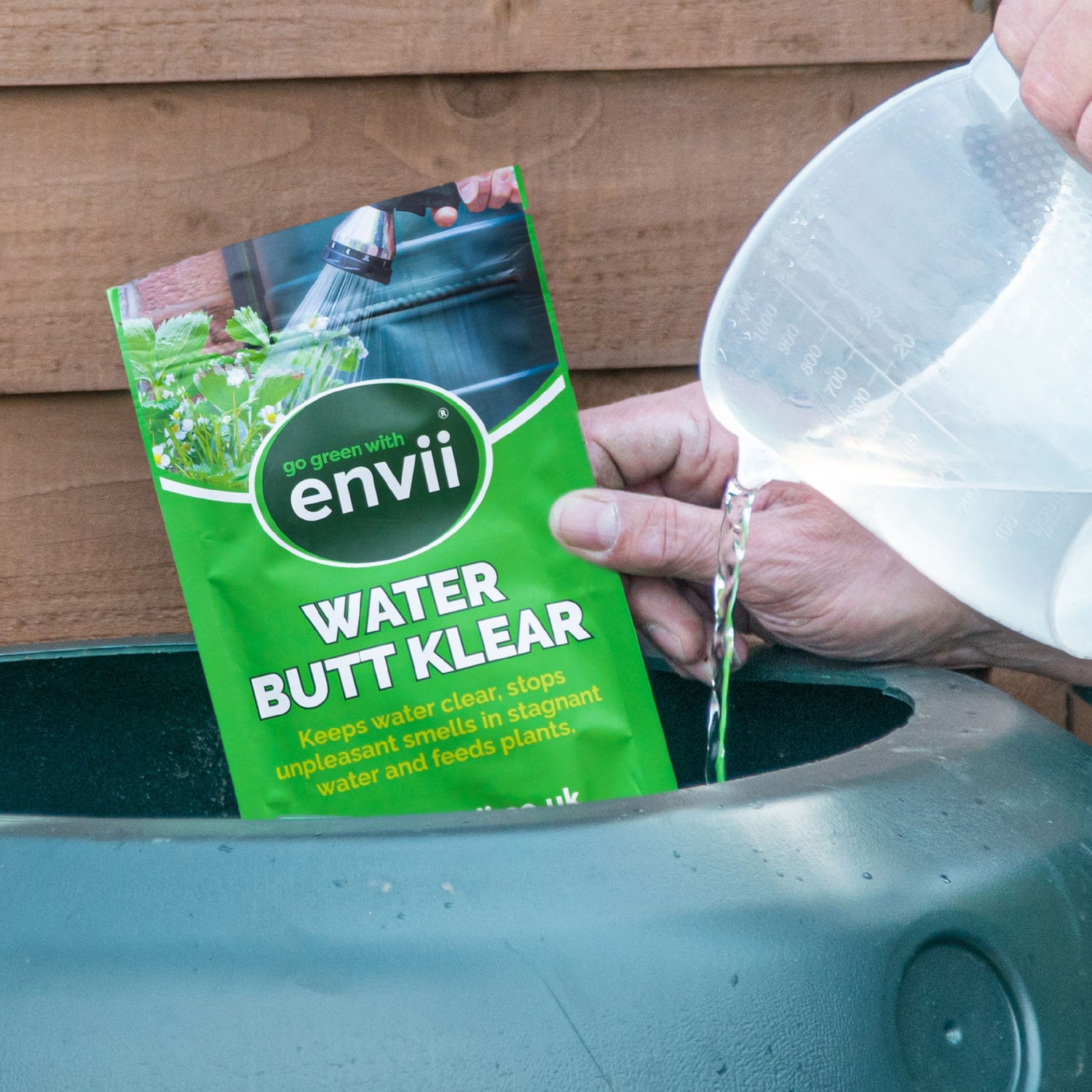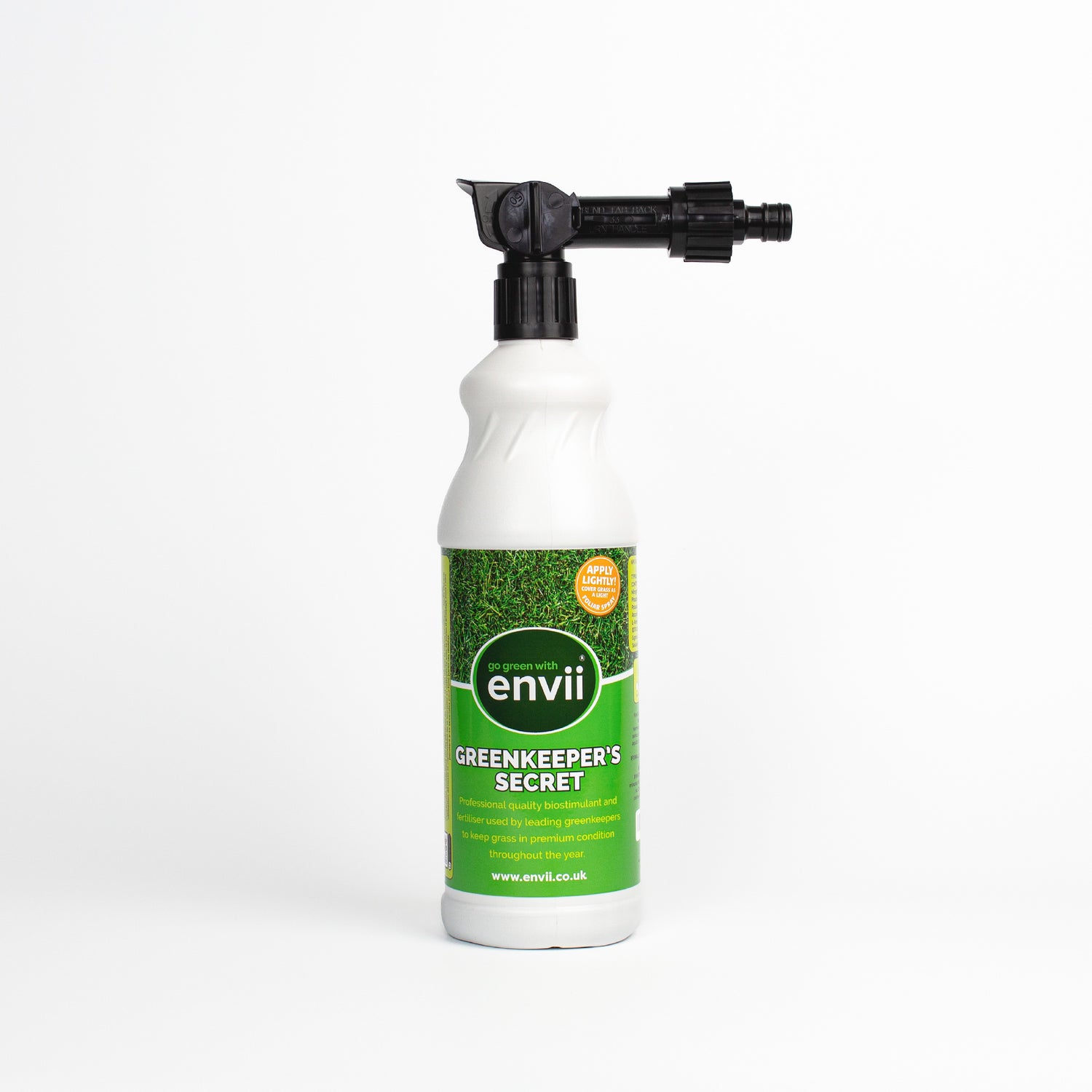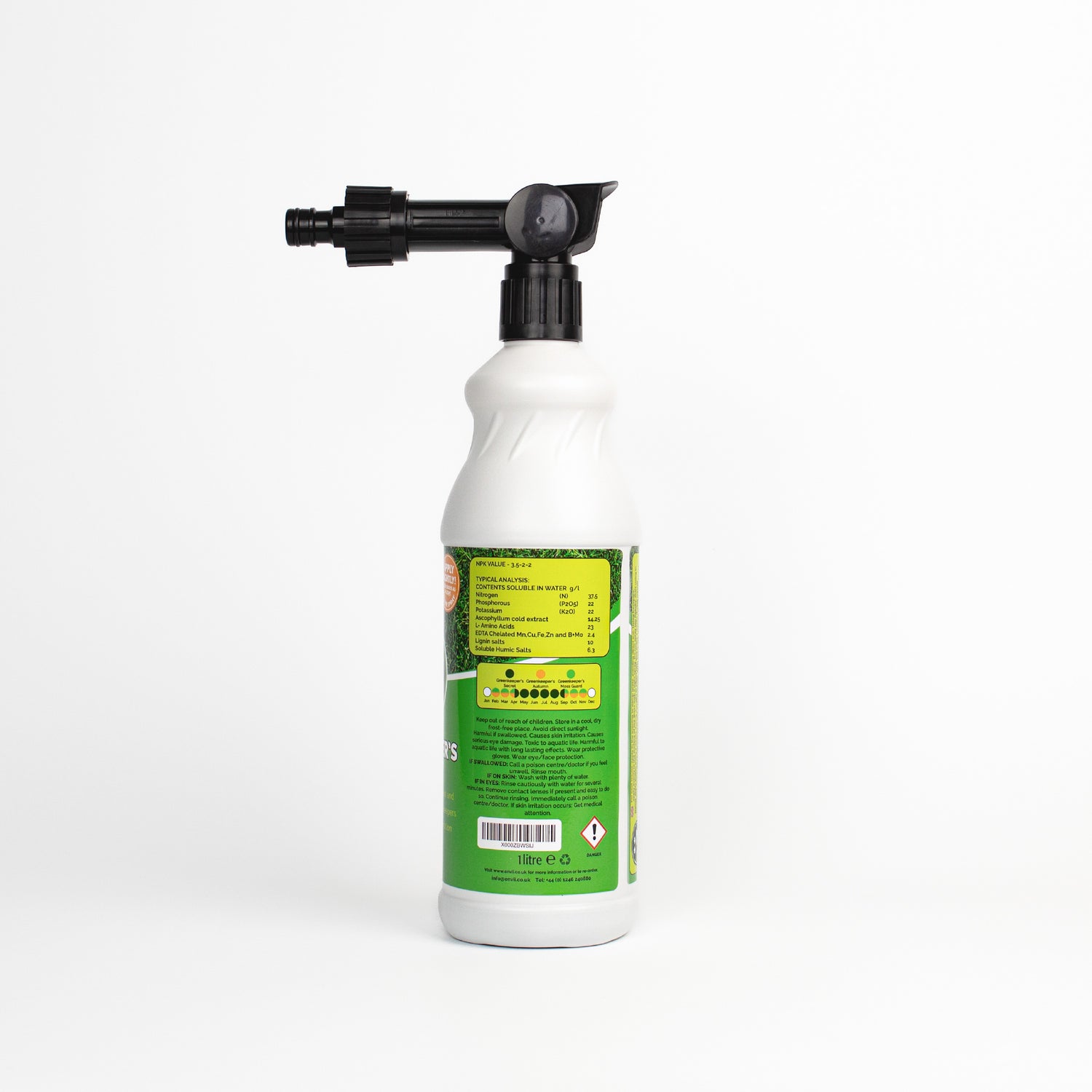Companion planting, although not backed by science, is a method used in growing that comes with a whole host of benefits. Before diving into what and how to benefit from companion planting, it is important to understand that your garden is a complex and diverse system of biodiversity. Everything is connected and therefore every decision you make in the garden has an impact.
What is companion planting?
Companion planting is the process of placing two or more plants together for mutual advantage. This method usually occurs but is not confined to a vegetable garden. Flowers that tend to suffer from persistent pest damage may also benefit from companion planting.
Monoculture, the act of mass planting one crop in a large area, is what you should avoid as it is easy to spread pests and diseases quickly. Companion planting is a great way to escape this.
Attracting beneficial insects and deterring pests
One reason gardeners practise companion planting is to deter pests. Pest control can be one of the most frustrating and time-consuming issues in the garden, especially if you are interested in practising organic or natural gardening. Chemical pest repellants are effective but also tend to be highly toxic. They can have a detrimental effect on everything the chemical comes in contact with. To keep a healthy and biodiverse garden, pests should not be completely removed from the environment. Companion planting is a great way to deter pests from certain areas of your garden whilst still maintaining biodiversity.
Certain plants, herbs and flowers possess certain qualities that deter insects and predators. For example, planting carrots with onions reduces the chances carrot fly. The scent of the onions is stronger than the carrots so the carrot fly can’t smell or locate the carrots. Mint is also a strong-smelling herb that confuses pests attracted to carrots or tomatoes.
Whilst there are plants that are great at deterring pests, there are also plants that attract predators that can eat the pests. Certain flowers attract birds that eat slugs or hoverflies that eat aphids. Lavender attracts pollinators such as bees and hoverflies.
Maximise growing space
Interplanting companion plants allows you to make the most out of your growing space. Just as there are plants that grow well together, there are also plants that do not. Plants, such as tomatoes and bush beans, should be kept at a distance from each other. Therefore, finding a plant's companion will allow you to fill in the space where other plants cannot.
Fast-growing crops such as lettuce or radishes are great to plant between slower growing crops. Lettuce does not like full sun, so they grow well interplanted between tall flowers. Additionally, interplanting helps suppress weeds as the bare space is filled where weeds would have the opportunity to thrive.
Common companion planting duos
Here are some plants that do grow well together. This list is not backed with science, merely observation.
- Tomatoes and nasturtiums, basil or marigolds
- Radish and cucumber
- Carrots and onion or garlic
- Roses and thyme
- Runner beans and nasturtiums
- Melons and marigolds
- Cabbage and dill
- Tall flowers and lettuce
- Radish and spinach
Discover what companion plants Dave uses with his tomato plants below!
Herbs are fantastic insect repellents so it is good practice to plant them around your garden.
Plants that should not be grown together
Here are some plants that do not grow well together. This list is not backed with science, merely observation.
- Cabbages and strawberries
- Beetroots and beans or mustard
- Potatoes and tomatoes, cucumbers and squashes
- Brassicas and tomatoes
- Asparagus and onions or mint
- Beans and onion or garlic
Just as the plants you grow together are important, the plants that take their place after harvest is crucial. Discover more about crop rotation here.
Share
